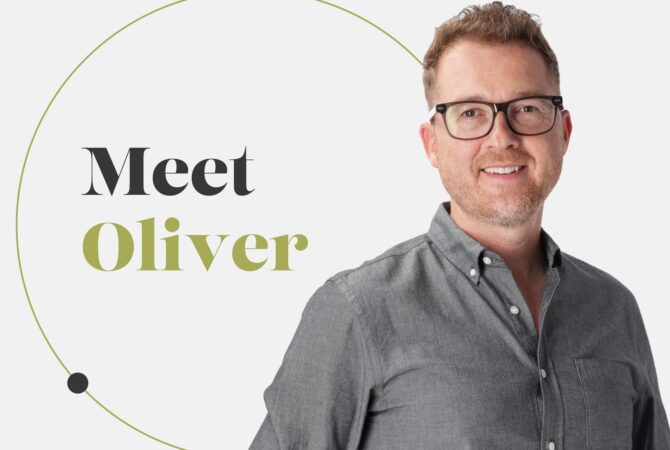Copywriter, eh? What’s that about?

I’ve discovered that the word copywriter often provokes a quizzical face upon the person who has just asked me what it is that I do. Despite what Mad Men has done to shed light on marketing vocab, it would seem that the copywriter remains an elusive and mysterious profession. Each and every one of us, from the time we begin to understand language, are exposed to, and influenced by, the work of copywriters. Yet, few of us know much about the role. Who are the men and women behind the language of branding and what is it that they really do?
According to the Oxford English Dictionary, a copywriter is defined as “a person who writes or prepares copy (esp. of advertising material) for publication.” While I’m not in the habit of disputing with the Oxford Press, it seems that this definition is perhaps a bit slim. What goes into the preparation of copy? What does the writing process entail? What role do copywriters play in the marketing process?
In a general sense, the central responsibility of a copywriter has never changed: creatively and effectively convey ideas on the behalf of others. Continually changing, however, is the number of channels through which ideas are communicated. In order for a copywriter to fully administer their talents, they must have a working knowledge of the mediums through which their words will be channeled. Television, print, radio, web, and social media: each of these forms of media meets their audience in a unique way and, consequently, each requires a unique approach.
As an example, let’s say, that a marketing firm is hired by a company that makes hot tubs. The company is a start-up; it doesn’t have a huge marketing budget and wants to make the most of what it has to work with. They decide to run a series of radio spots, and they want to launch a new website and push their campaign through social media. A copywriter is brought in to provide content.
In order for the copywriter to make the biggest bang for the client’s buck, they must first have an awareness of how the chosen channels of communication function, and how each channel can be leveraged in a unique way in order to target the widest audience possible. The message must remain consistent, but the way in which the message is communicated can differ from one channel to the next. Good writing can only be received well if it’s delivered well.
In addition, the copywriter must not only have a grasp on the medium through which their message will be expressed, but they must also understand the audience at the receiving end. In this case, the copywriter has been asked to write content for a radio spot, a website, and a social media campaign. The audience will be different in each instance, and while the audience may cross over, individuals expect different types of content from different sources. This has become ever more important with the increased presence of social media, blogs, and forums; content must now be both informative and interactive. These types of considerations have, necessarily, continually changed the role of the copywriter over time. In addition to this, what it means to be a copywriter also changes from project to project.
In the first place, the demands of each campaign will vary; yet, more significantly, the content will always be changing. The copywriter must be able to rapidly research subject matter and quickly get into an appropriate frame of mind. In the case of the hot tub campaign, the writer must not only learn about the company’s product, but they must also know what being in a hot tub is like. It isn’t enough to try and sell the hot tub as an object; the writer must be able to sell the experience of enjoying time in a hot tub. In this sense, copywriters, like actors, must be able to slip in and out of a role, and on to another, with ease. This requires the ability to research, conduct interviews, network, and a wiliness to listen and be open-minded to new ideas and experiences.
At the end of the day, the copywriter must know the client, the product, the audience, and the most dynamic and creative way to connect the two through language. The common thread that ties all of this together is the dedication and hard work. Having an agile mind and an intuitively creative personality is, in itself, not enough. One must be dedicated to the craft and always working to improve their skills. Always reading, researching, and looking for new sources of inspiration, a good copywriter is committed to lifelong learning and the constant pursuit of client/consumer satisfaction, and, ultimately, personal satisfaction.



